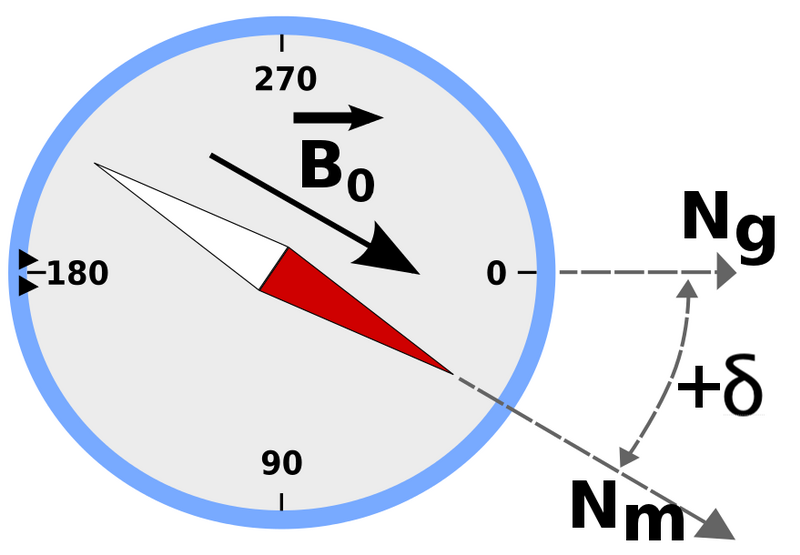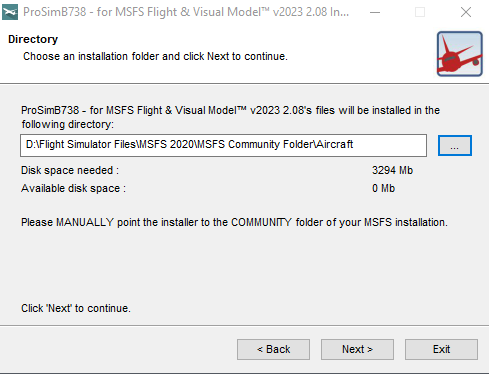B737 Original Equipment Manufacture RMI Knobs Fully Functional
/oem rmi knobs mounted to the potentiometers that control the rmi
In two previous posts, I documented the installation of two bespoke reproduction RMI knobs and aN OEM ADF/VOR switch assembly mounted in the center pedestal. The purpose of the switch assembly, which originally was used in a Boeing 727 airframe, was to provide an easy method to switch between ADF and VOR as the two knobs mounted on the RMI were non-functional.
With the acquisition of OEM RMI knobs, the next step was to implement the functionality of these knobs by installing micro-rotary switches to the RMI frame behind each knob. The non Next Generation compliant RMI Switch Assembly panel would then be superfluous and removed from the center pedestal.
Installing the Micro-rotary Switches to the RMI Frame
The first step was to remove the RMI frame from the MIP and enlarge the holes that the RMI knobs reside. This is to allow the installation of the two micro-rotary switches. To do this, a Dremel rotary tool was used.
To enable the wires from the rotary switches to be routed neatly behind the RMI frame, a very narrow trench was cut into the rear of the plastic frame. It is very important that this task is done with due diligence as the RMI frame produced by Flight Deck Solutions (FDS) is manufactured from ABS plastic and not metal – if the cut is too deep or too much pressure is applied to the Dremel, then the frame will be damaged.
The wires from the the RMI knobs are then laid inside the earlier cut trench and aluminum-based tape is applied over the wires. This ensures the wires are secure and do not dislodge from the RMI frame.
The micro-rotary switches used in this conversion are 1 cm in length (depth); therefore, to use these rotaries successfully you will need to have a certain amount of airspace between the rear of the RMI frame and front of the computer screen (central display unit). Whether there is enough room to facilitate the installation of the rotary switch, will depend upon the manufacturer of the MIP and RMI frame – some manufacturers have allowed a centimeter or so of space behind the RMI frame while others have the frame more or less flush to the center display unit screen. If the air space is minimal, the rear of the rotary may rub against the display unit.
RMI frame and OEM knobs connected to small rotary potentiometers. Note the metal sleeve and grub screw in the knob.
There are several methods that can be used to secure the rotaries to the RMI frame. By far the easiest is to enlarge the hole in the RMI frame to a diameter that the rotary can be firmly pushed through the hole and not work its way loose. Another method, more permanent, is to glue the rotary inside the hole. No matter which method used, the rotary must be secured inside the hole otherwise when the RMI knob is turned the rotary will swivel within the hole.
Once the rotaries are installed to the frame, the OEM knobs are carefully pushed over the rotaries and the metal grub screws on the knob tightened. One of the benefits of using OEM knobs is that the inside of the knob has a metal sleeve which ensures that the knob will not wear out and slip with continual use – reproduction knobs rarely are manufactured with an inside metal sleeve.
Interface Card and Configuration
To enable functionality, the wires from the rotaries are carefully threaded through the MIP wall and routed to an interface card; A PoKeys card, mounted in the System Interface Module (SIM), has been used. It is not necessary to use a large gauge wire to connect the rotaries to the interface card. This is because the electrical impulse that travels through the wire is only when the RMI knob is turned, and then it is only for a scone or so.
The functionality for the RMI knobs is configured within the ProSim737 avionics suite in the configuration/switches area of the software.
Micro-rotary Switches
There are several micro-rotary switches available in the market. This conversion uses A6A sealed rotary DIP switches; they are compact and inexpensive.
When selecting a rotary, bear in mind that many rotaries are either two, three or four clicks in design. This means that for a 90 degree turn, such as required when altering the RMI from VOR to ADF, the rotary will need to travel through a number of clicks to correspond with the visual position of the switch.
The A6A type mentioned above are a two click type. The first click will change the designation (VOR to ADF or back again), however, for realism two clicks are made (90 degree turn). At the time of the conversion it was not possible to find a small enough rotary that was one click. Despite this shortcoming, the physical clicks are not very noticeable.
This conversion is very simple and is probably one of the easiest conversions that can be done to implement the use of OEM knobs. There is minimal technical skill needed, but a steady hand and a good eye is needed to ensure the RMI frame is not damaged when preparing the frame for the installation of the two rotary switches.
oem rmi knobs in original plastic bag. note metal inner sleeve and grub screw
OEM RMI Gauge
This conversion uses two OEM RMI knobs and rotaries to interface with the standard virtual RMI gauge provided within the ProSim737 avionics suite. Converting an OEM RMI gauge for standalone operation is possible and has been accomplished by other enthusiasts; however, whether a full RMI conversion can be done very much depends upon your particular simulation set-up.
If a OEM RMI gauge is installed, there may be a spacing issue with the other alternate gauges. In particular, the Integrated Standby Flight Display (ISFD) will require a smaller dedicated display screen. Likewise, the EICAS display screen will need to be smaller so as to fit between the RMI gauge and the landing gear assembly. Also, an extra display port will be required for the computer to read the ISFD display screen.
Certainly, a complete conversion of a RMI gauge is the best way to proceed, if you already own a OEM RMI unit, and if the set-up problems are not too difficult to overcome.
Acronyms
MIP – Main Instrument Panel
OEM – Original Equipment Manufacturer
RMI – Radio Magnetic Indicator











































